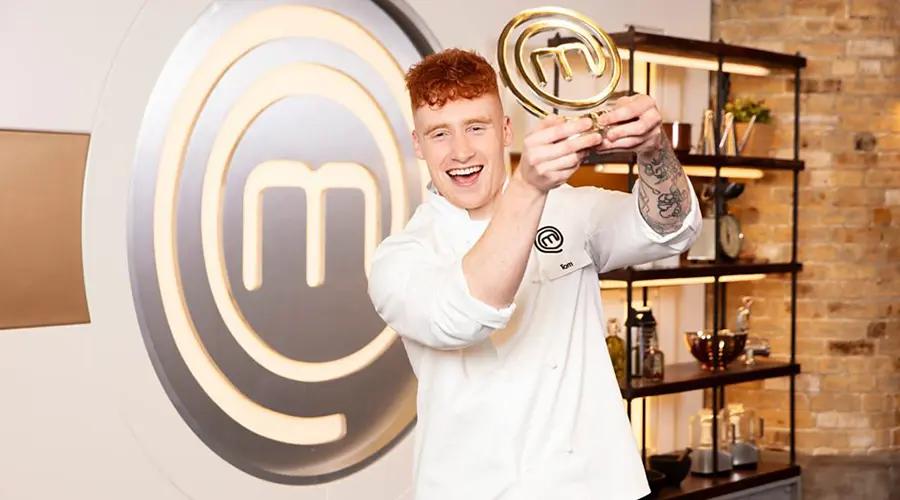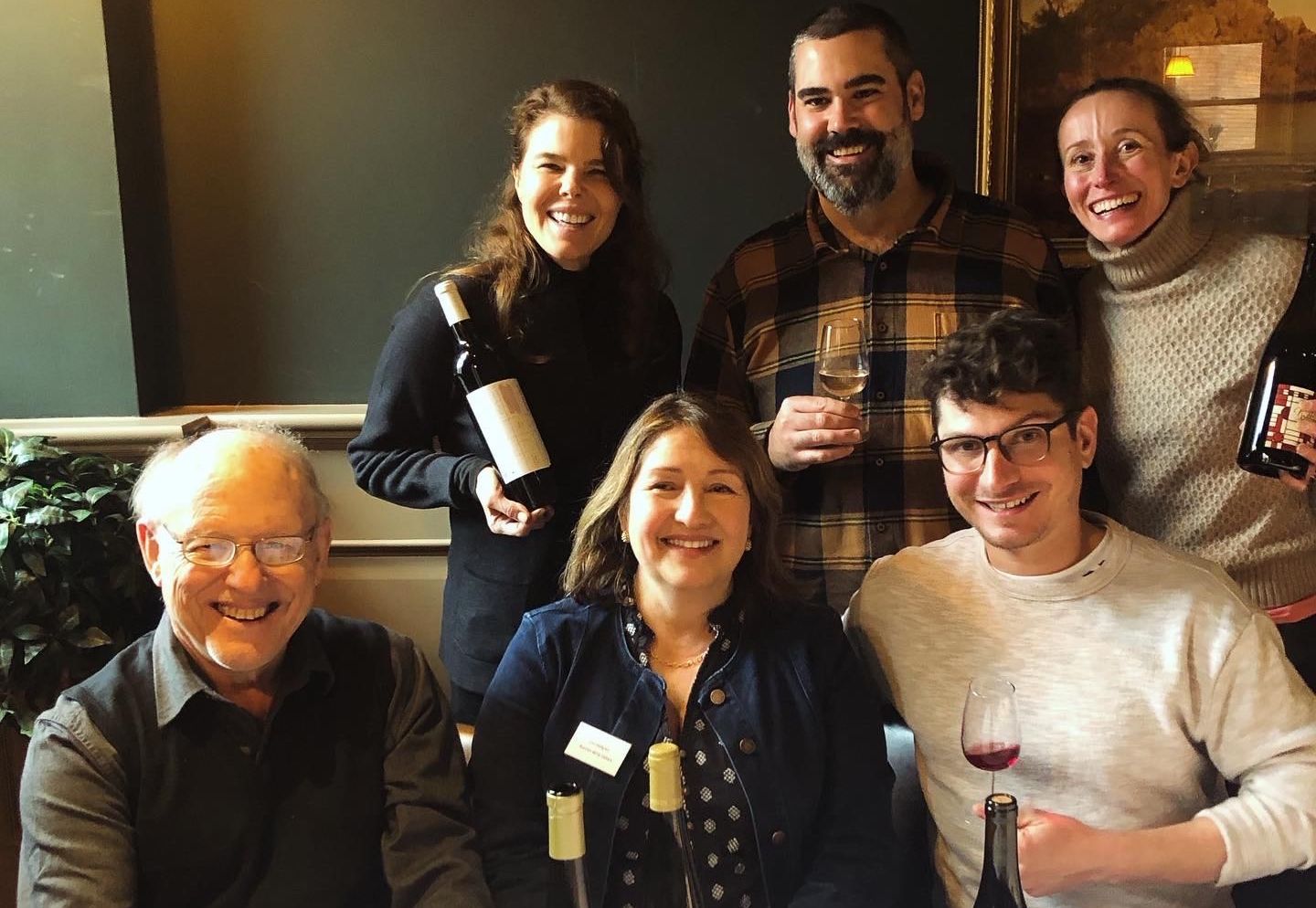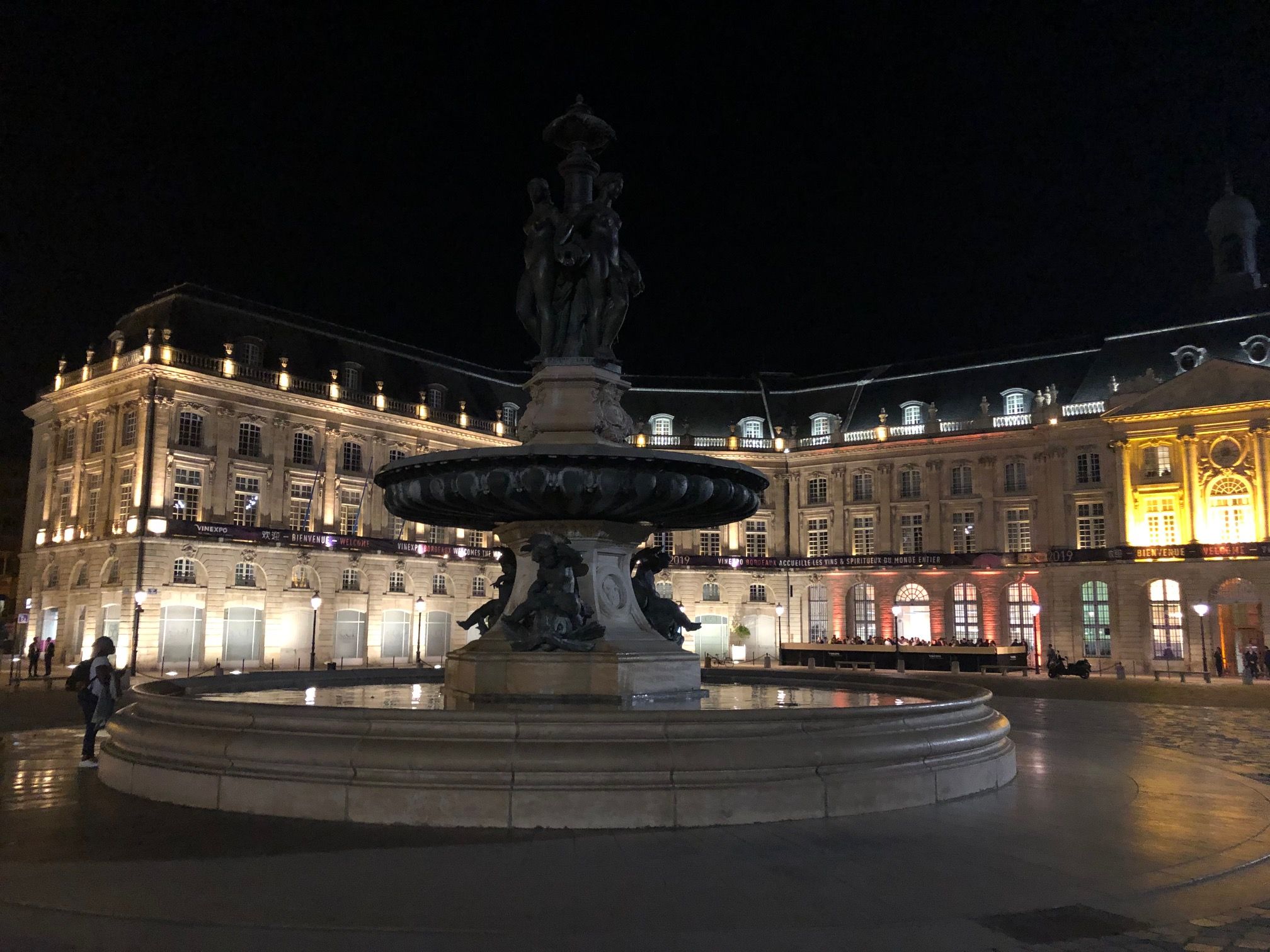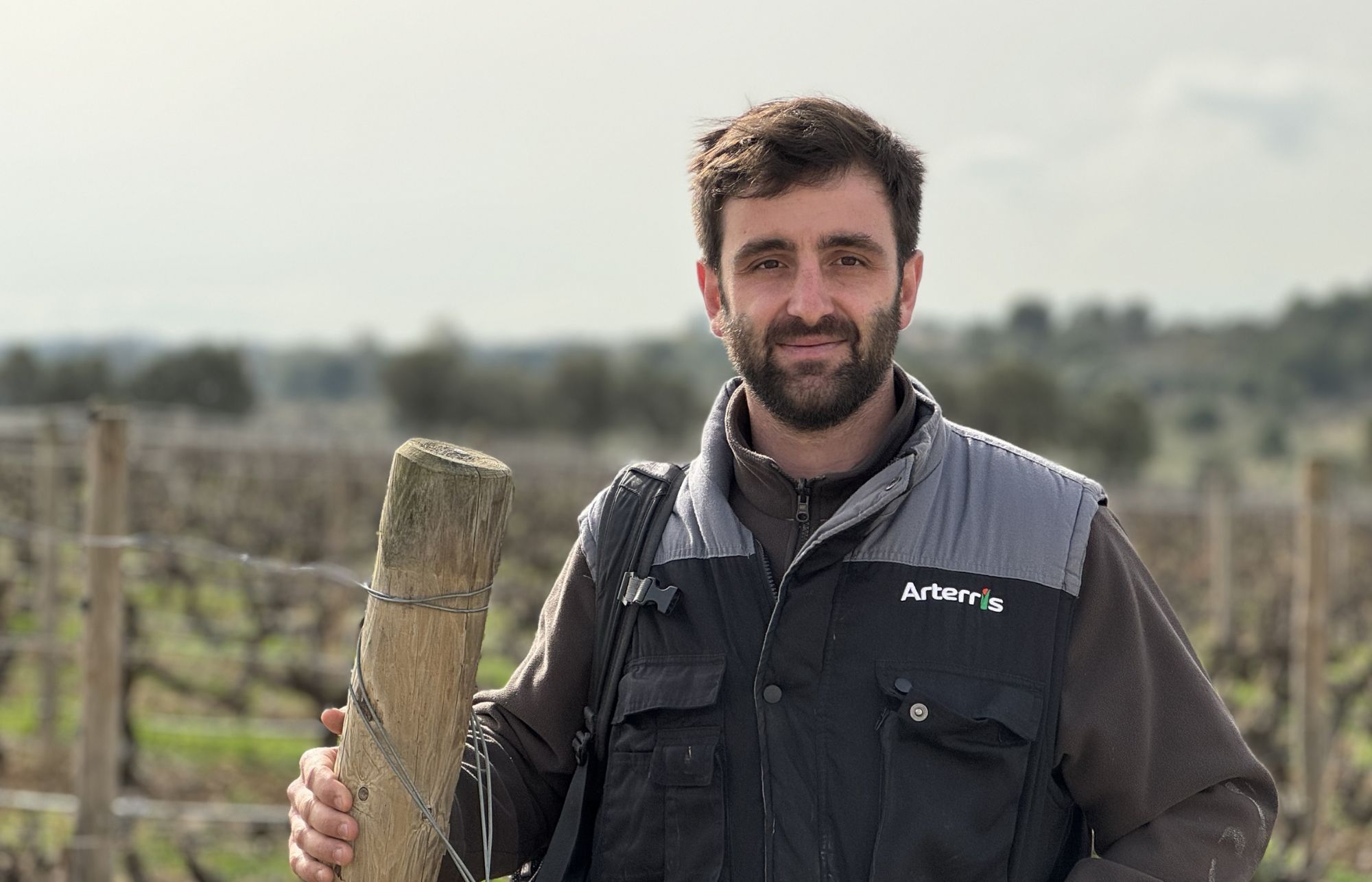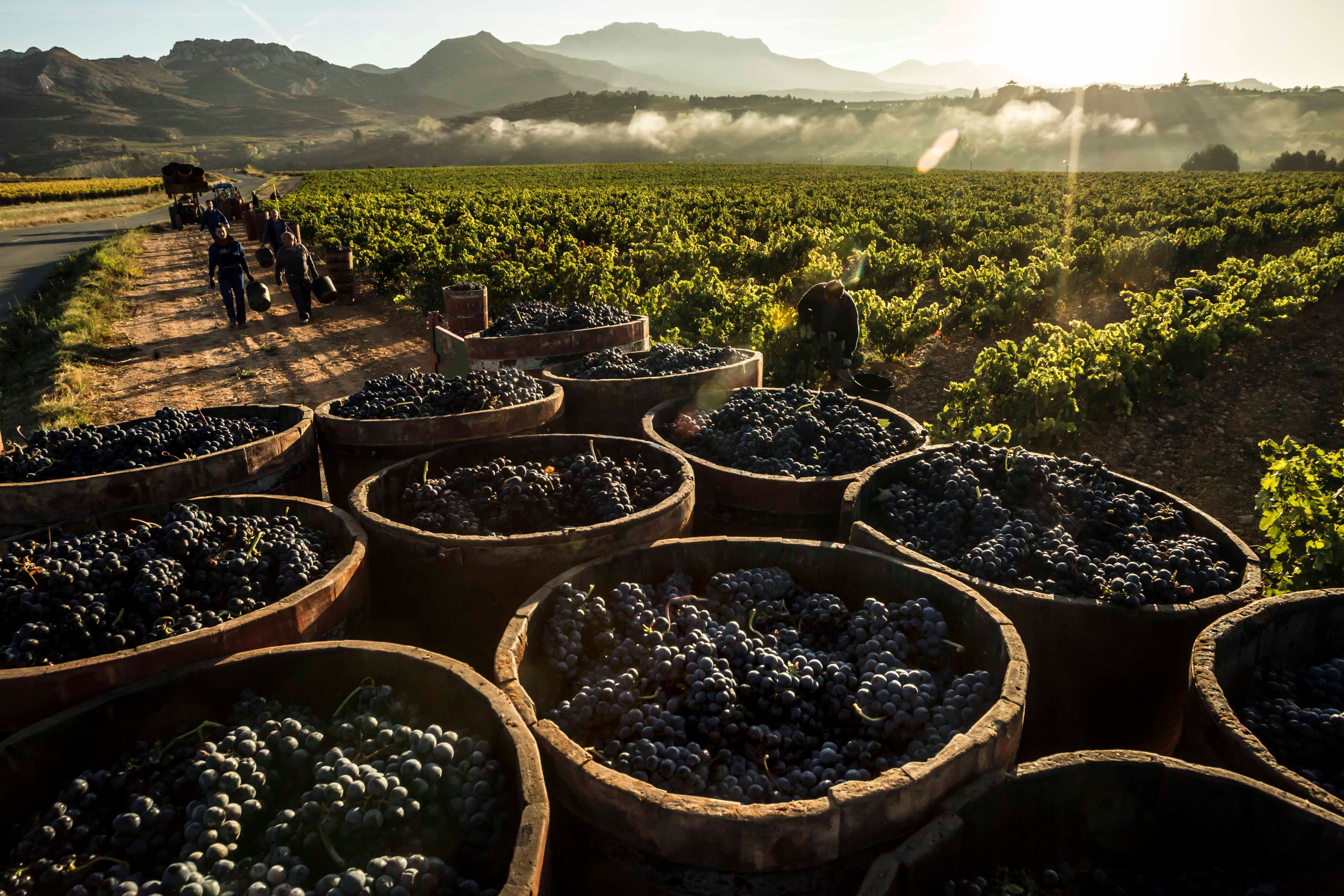Even if you work in the trade it is not always easy to pick out wines on a restaurant wine list that offer real value for money. It’s even more baffling for regular customers. Neville Blech hopes his new Value for Money Wines Pro app can help them search for and find wines that are great to drink, and fairly priced as well.
Can you explain the background to your new Value for Money Wines Pro recommendations app? How does it work?
Well, first of all, it isn’t really an app recommending wines. You have chosen the wine already, the app just tells you whether you are getting good value or not, according to the price/quality ratios as set out in Wine Behind The Label.
Once you have made your selection, whether it is in a shop or a restaurant, the app will tell you whether the price is value for money, exceptional value for money, reasonably priced, overpriced, or considerably overpriced for the quality of the wine. And here the emphasis is on quality, not fame, cult status, or scarcity value, most of which wines will get an overpriced or considerably overpriced result anyway.
If in the end you still want to buy a wine that is rated as overpriced or considerably overpriced and if it is a “must have” for you, then go ahead, but the app will have warned you that whilst the wine may be marvellous, with a terrific quality rating from us, you can find a better price/quality ratio elsewhere.
Why do you think there is a gap in the market for this kind of app?
There are wine apps out there where you can compare prices, write in your opinion on the wines, have debates on the wines, but in the end are designed to sell you wine. This app doesn’t sell you anything but hopefully helps you to make an informed purchasing decision quickly, whether in a shop or a restaurant. It’s a very simple concept, easy to use and understand.
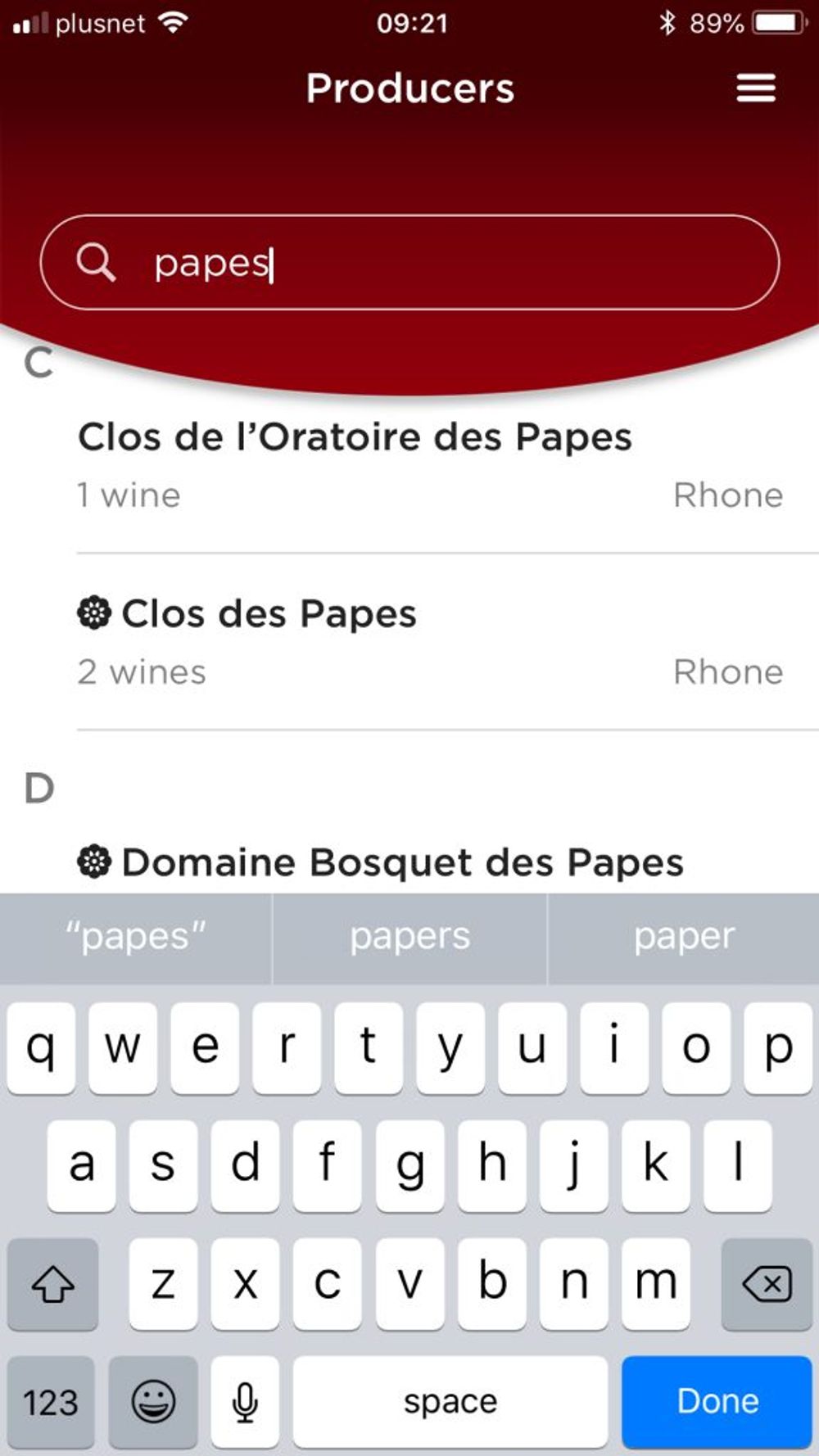
The app allows users to assess a value for money rating from nearly 30,000 wines
What sort of people are you hoping the app will appeal to?
This app is for regular wine drinkers who are looking for value for money when they are buying wine. It’s not for those who want to buy the cheapest wine in a supermarket and who have no idea who or what a producer is, or always chooses the house wine in a restaurant. Nor is it for wine collectors at the other end of the scale, or those who like to show off when they are entertaining friends in a restaurant, by deliberately choosing famous wines which are usually overpriced by default.
Can you explain how the wines are selected to appear in the app?
The wines chosen are those wines which have been rated in Wine Behind The Label over the last 15 years. There are over 25,000 of them in the Pro App version. They have all been tasted by the team at one time or another and they are being continuously updated and new wines discovered. They include all the wines in the published 10th edition of the guide as well as updates and new wines which will go into the 11th edition which will be published in the autumn of this year.
The app will be updated with new wines and new ratings every three months.
What criteria do you use to separate and categorise the wines?
We ascertain an average price for each wine from a number of sources and give it a price code range from A to H. This is then compared with the quality ratings which range from 1 star to super 5 stars. This is all explained in detail in https://www.winebehindthelabel.org/ratings/.
Instead of going through all the calculations necessary to work out if a wine is value for money or not, the app does this for you automatically. It can also be used to show prices in 92 different currencies, so it can be used all over the world.
Can producers suggest wines to be included in the app?
They can, but they won’t be included until we have tasted them and rated them.
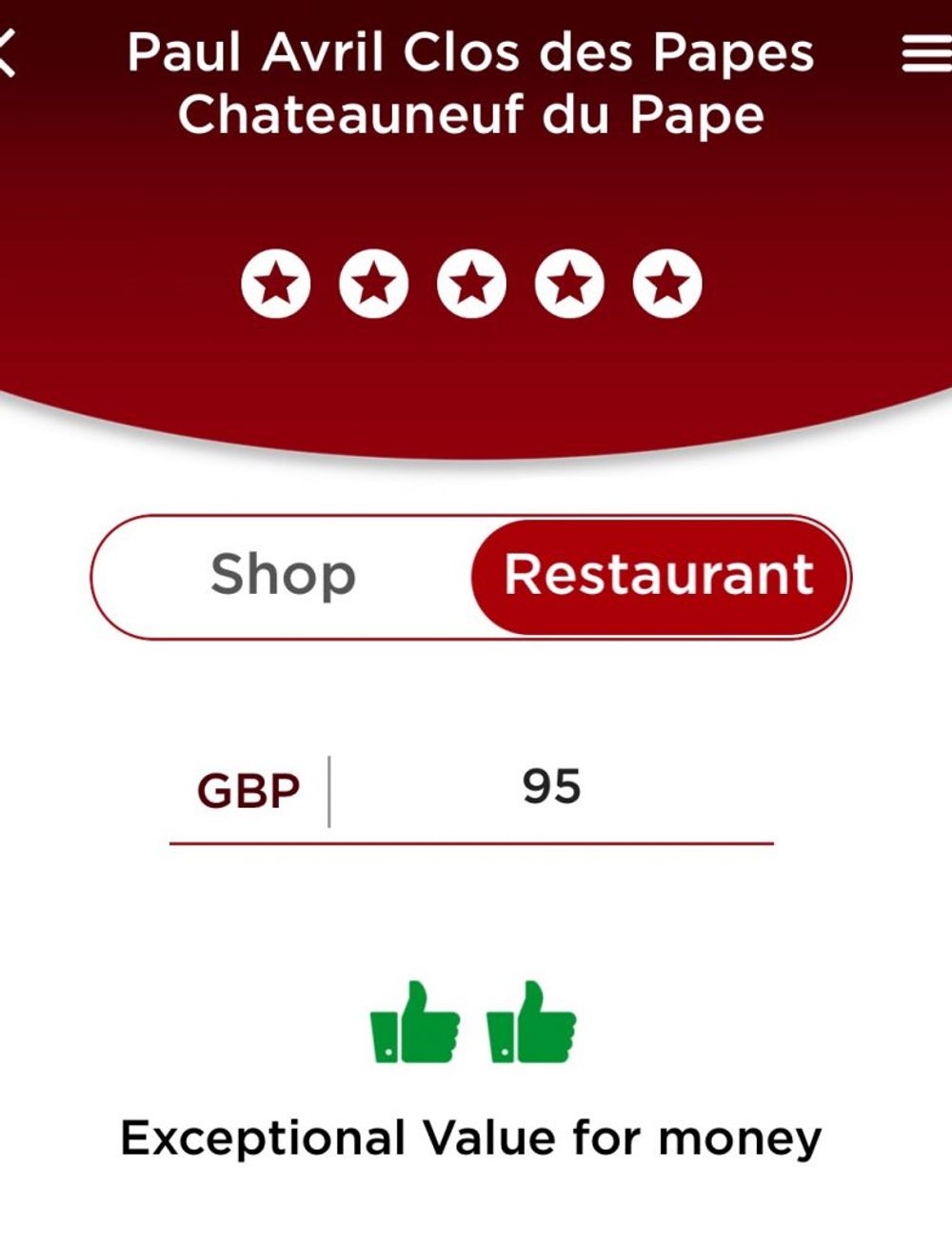
The value for money rating is based on wines already judged and scored by Neville Blech and the Wine Behind The Label team
Can users make comments or recommendations and then like or share what they have found?
We welcome feedback, but this app is not intended to be a forum and any recommendations will be tasted and rated by our team and included if found to be worthy of inclusion. We would happily allow people to share their recommendations on our Facebook page when they join The Club Behind The Label group, or to contact us on our website via the Contact Us facility at the foot of each page.
From your experience how do you think wine lists and ranges have developed in restaurants?
Well some 30 years ago I broke away from traditionally listing wines from France – starting with Champagne, Bordeaux and then Burgundy etc, with wines from other countries as an afterthought – to listing wines by style together with a key showing which dishes they would be suitable to drink with in our restaurant, Mijanou. The range of wines offered now does show how availability has increased for wines from all over the world, but the format of lists hasn’t changed much.
What do the best restaurants do right now than they did not used to do?
Having their wine lists online is a great help so that the customer can forward plan to narrow down choices when they get to the restaurant to save time, especially when presented with a large list of several hundred wines.
What could they do in terms of providing a better wine service?
I suppose they could use my app to indicate on their list wines which turn out to be value for money or exceptional value for money without compromising their mark-up policy!
It would also encourage buyers to seek out such wines for themselves to put on their lists, thus obtaining maximum Brownie points from the wine and restaurant critics. If they already have a low mark-up policy and seek out wines from producers around the world who themselves price their wines reasonably, then they will find a lot of customers beating a path to their door because they will know that there is a list with a plethora of value for money wines.
What do you think of average wine price mark-ups in restaurants? Are they fair?
Well, the average mark up in restaurants is three times retail and the app more or less follows that when calculating the price and quality ratio from retail. But there are huge variations in restaurant mark ups, some mark up less, some mark up more, some vary their mark ups according to the popularity of the wines and some put on a straight cash margin.

Michelin chef Marcel Keff offers great value for money for quality wines at his restaurant Lorraine in Eastern France. Picture: Aji Magazine
This is what potentially makes the app particularly useful, especially when you find what turns out to be a value for money wine amongst a plethora of overpriced ones. For example, I was at Marcel Keff’s one star Michelin restaurant in Lorraine, Eastern France recently and discovered they had listed Patrick Baudouin’s Anjou Rouge Villages 2011 at €38 which got a “Value for Money “ result amongst many other wines on the list which were “Overpriced” or “Considerably Overpriced”. It was great to find it and great to find that it was drinking really well. It wasn’t the cheapest wine on the list but was far from being the most expensive.
I know that some people find restaurant mark ups outrageous in top restaurants and that there is no justification for these prices “just for pulling a cork” but these prices do subsidise the very labour-intensive costs in top class kitchens, which probably wouldn’t make money for the restaurant if they weren’t selling wine at inflated prices. What does infuriate, though, is the 12.5% or 15% “optional” service charge on top of the wine prices. This rarely happens in France (it didn’t at Marcel Keff), so we did leave a voluntary small tip
Where have you seen biggest advances in terms of choice and quality in wine in restaurants?
If you look at wine lists of 40 to50 years ago, it was mainly France and Germany, a bit of Italy and not much else. In my first restaurant which opened in 1974, I only listed French wines and whilst I was perfectly aware that there were wines from other parts of the world, serving French food in a rural area, it was the logical thing to do.
On relocating to London in 1980, it was really time to expand the scope of the list and there were also many other contemporary restaurants doing just that. Italy expanded (I lived in Milan for two years in the sixties) Australia, New Zealand and California came next, then Spain, Portugal and South Africa followed as winemaking techniques in those countries continued to improve.
When we sold our restaurant in 1996 there was also an expansion into French regional wines – from Languedoc-Roussillon, Rhône (North and South), Jura and Savoie as well as established regions of Bordeaux, Burgundy, Champagne, Loire and Alsace and these were beginning to be reflected in restaurant wine lists around the country.

Restaurants that are willing to source and list wines from around the world, particularly countries like Argentina and Chile that offer excellent value for money are serving their customers better than those that just stick to France and Italy not much else, says Neville Blech
Then along came Argentina, Chile, Austria, Greece, other US wines and now wines from Eastern Europe are beginning to show that they can produce wines that can compete on the international stage and are generally better value for money than some of the wines from the long-established regions.
So those restaurants that are prepared to embrace globality in their wine lists are doing their customers a great service in the UK and if they are listing value for money wines it’s an additional bonus. We are very lucky here in the UK to find restaurant wine lists with such diversity – it’s rare in France and Italy for example where you might get a token listing of half a dozen wines outside of wines from their own country
How much does the app and how do you download it?
After an initial three months free trial the Value for Money Wines Pro App costs £3.99 a quarter to cover the development and continuous quarterly updates. You can, of course, cancel it at any time and it will still keep running until the next payment is due. I hope people won’t do that because it can save you hundreds if not thousands by avoiding over paying for your wine.
It’s easily downloaded from the Apple App Store or Google Pay (if you have an Android device) and works on both phones and tablets. There is also a free Value for Money Wines App but this is loaded with only 2,000 wines and you may find it hard to find the wine you are looking for on it and it won’t be updated or expanded, but you could use it just to get the feel of the app.
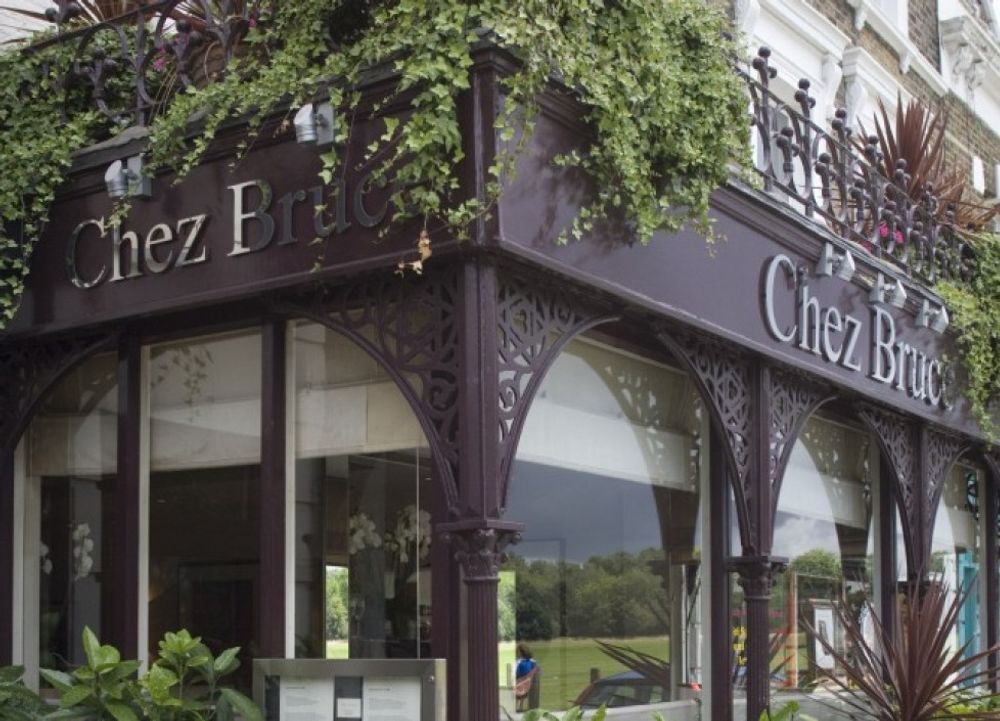
Blech has used the app to fine good value wines at leading restaurants such as Chez Bruce
What difference do you hope it can have for regular wine drinkers?
I really believe this to be a simple concept and a useful guide to wine drinking enjoyment but above all, to prevent disappointment from making an expensive mistake. It’s not vintage specific, but that shouldn’t put you off because it is the producer that counts and it is the producer who you should follow. A good producer will make the best possible wines in a poor vintage and if you want further information on vintages, then you can look up the vintage charts in Wine Behind The Label to fine tune your choice, but as there are less vintage variations these days with improved winemaking techniques around the world, it shouldn’t be much of a problem.
It’s been fun to use – I have found value for money wines recently at Elystan Street restaurant (Domaine Gauby Les Calcinaires for £54) at Chez Bruce (R & A Pfaffl Zweigelt/Pinot Noir for £40) and have bought retail from Waitrose Cellars (Clos de la Siete at £16.30 and Wirra Wirra Cabernet Sauvignon Blend at £13.50) and all have shown up as “value for money’ on the App and all have been a happy drinking experience.

